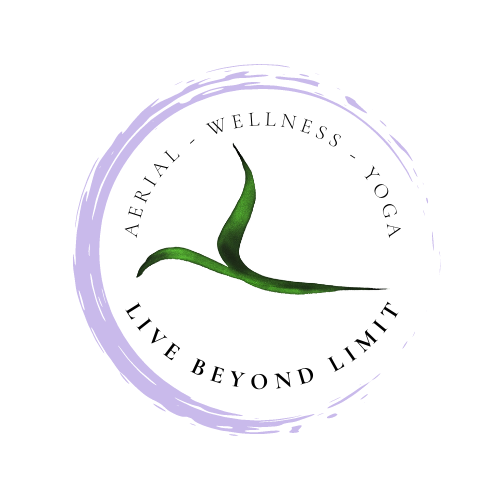You’ve decided to take your first yoga class and we all can admit that is a little scary, intimidating and uncomfortable. Some questions that may be running through your head before, during, and after are probably:
“I’m not flexible enough. Am I going to look silly? I’m supposed to do what? This stretch hurts! How am I supposed to relax when I’m doing that?! Am I going to fart? What did she just say? Am I doing it right? Oh yeah, breathe, I’m supposed to breathe. Why did I come here? “
Don’t worry, everyone experiences these reactions their first time. Time after time individuals are off-put by their experiences and take their first and last yoga class on the same day, but you don’t have to be one of them! Here are some tips to help you have a more enjoyable experience:
First off, you do NOT HAVE TO DO WHAT THE INSTRUCTOR INSTRUCTS as long as you are respecting yourself and everyone else. It is your class and experience, not theirs. Sit quietly, do a pose you love, or even lay down and know that all of those options are awesome and beautiful and respected by yoga practitioners.
Know that there are three stages to learning and your first, second, third and beyond classes fall into the first category.
Practitioner Level and Corresponding Learning Stage
1) Beginner – Cognitive -- Fight or flight; feelings of anxiety, uncertainty, lots of
thoughts
2) Intermediate -- Associative – A little more comfort and confidence, still actively
learning
3) Advanced –Autonomous—Meditative practice with feelings of connection, full
balance, and relaxation through strength
Again, you’re in the first category so be patient with yourself and try to relax as much as you can. GIVE IT A FEW TRIES AND TRY A FEW DIFFERENT TEACHERS. It’s like learning a new language – it will be really hard unless you have a decent teacher. Only after taking many classes and a lot of practice will a student move on to the second and eventually the third stages of learning for yoga.
WEAR CLOTHES YOU CAN MOVE AND FEEL COMFORTABLE IN. The more comfortable you feel, the more you will be able to focus on how to do the postures and what you are feeling. Also, think about a hand towel and a water bottle, they’ll come in handy. Many teachers or studios will have mats available, but if you want your own you can get them almost any general department or sporting goods store.
TALK TO YOUR INSTRUCTOR BEFORE CLASS if you have any significant health concerns (heck, even if you don’t!). This can help them tailor their instruction to your needs. Your yoga instructors are there to help you and WANT to help you with your practice and they certainly want you to leave feeling great about class. The more we know about you and your experiences, the better teachers we can be.
YOGA IS MORE THAN STRETCHING. Be prepared to sweat, breathe and let go of more than just tight muscles. The more open and determined you are to feel great in class, the more likely it will be a wonderful experience taking you to intermediate and advanced stages which yield much greater health benefits including improved immune system functioning, increased cognition, balance of hormones, improved lung function and more. If you feel horribly trying to get to the “ideal” yoga posture, is that really going to help you with the desired effect? Just remind yourself to feel and go to places that feel good.
It is called a “practice” because you have to put in the work and “PERFECT" is something that DOES NOT EXIST. That’s right – there is no perfect. Yoga is a system of how to connect to your mind, body, soul and surroundings and so that is going to look different for everyone as we all have a unique perspective and energy.
There you have it, now that you are equipped with a little more information to make your experience authentic and much less stressful. Take a few deep breaths before class and embrace the world of yoga and all the wonderful benefits that are waiting for you!

